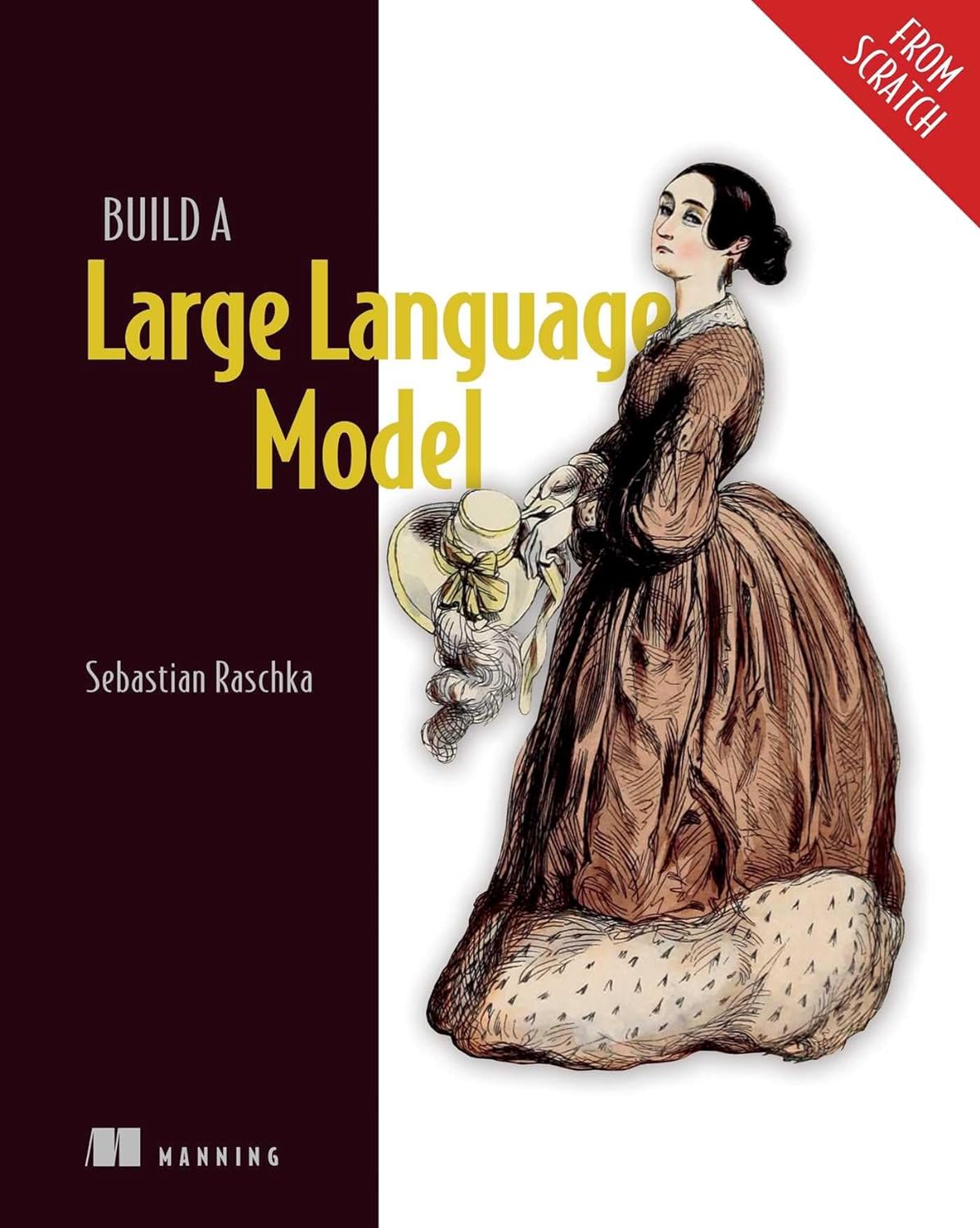LLM学习框架
1. LLM工作原理
《Build a Large Language Model (From Scratch)》通过一步步亲手编写代码,深入理解并掌握大语言模型(LLM)的内部运作机制。

2. LLM物理组网
Alibaba HPN- A Data Center Network for Large Language Model Training
Rail-only: A Low-Cost High-Performance Network for Training LLMs with Trillion Parameters
Optimized Network Architectures for Training Large Language Models With Billions of Parameters
RailX-A Flexible, Scalable, and Low-Cost Network Architecture for Hyper-Scale LLM Training Systems
3. LLM推理优化
3.1 关键性能指标
Time to First Token (TTFT): This measures the responsiveness of the system, defined as the time elapsed from when a user's request arrives to when the first output token is generated. It is primarily a function of the scheduling delay (time spent waiting in a queue) and the prefill phase latency. Low TTFT is essential for interactive applications like chatbots to feel responsive.
Time Per Output Token (TPOT) / Inter-Token Latency (ITL): This measures the speed of generation after the first token, defined as the average time to generate each subsequent token. It is determined by the decode phase latency. TPOT dictates the fluency of the output stream, which is critical for applications generating long responses.
Total Latency: This is the total time required to generate a complete response for a single user. It can be calculated as: Latency = TTFT + (TPOT × (number of output tokens − 1)).
Throughput: This measures the overall capacity and efficiency of the inference server. It is typically defined as the total number of output tokens generated per second across all concurrent users and requests. Maximizing throughput is the key to lowering the operational cost per token served.
3.2 LLM推理特征及优化
Characterizing Communication Patterns in Distributed Large Language Model Inference
P/D-Serve- Serving Disaggregated Large Language Model at Scale
4. LLM集合通信
Doubling all2all Performance with NVIDIA Collective Communication Library 2.12
5. LLM高可用
Revisiting Reliability in Large-Scale Machine Learning Research Clusters